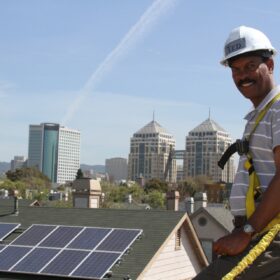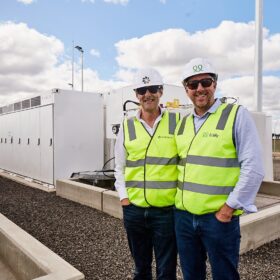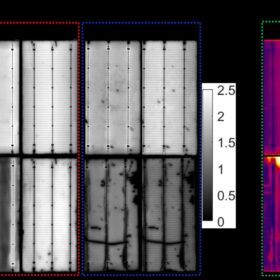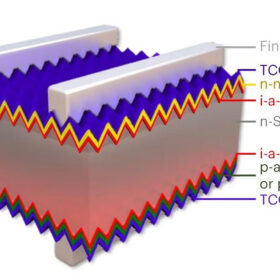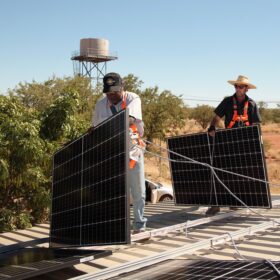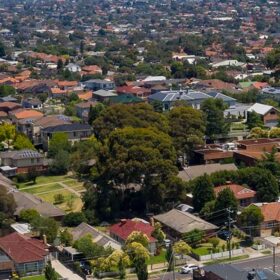Building nature-friendly solar parks
Hungarian company SolServices has published a white paper outlining ways to make solar farms more compatible with nature and wildlife, from insects and amphibians to birds, bats, rodents and big game.
Why Australia needs friends (and a climate AUKUS) to reach its climate goals
AUKUS has been widely hailed as Australia’s largest-ever defence investment and the Quad as a new focus for defence strategy – but what do they mean for our energy landscape? SMA’s Joshua Birmingham argues it’s time to look beyond defence cost and grow our relationships to fight the climate change war.
India’s green hydrogen demand to reach 2.85 MMT/year by 2030, says USAID
A new report from the South Asia Regional Energy Partnership (SAREP) of the United States Agency for International Development, better known as USAID, says India’s green hydrogen demand will reach 2.85 million metric tonnes (MMT) per year by 2030.
US solar installers list Qcells, Enphase as top brands
An industry survey led by SolarReviews and NABCEP found two-thirds of solar installers expect high electricity prices to drive demand.
Construction completed on NSW’s biggest battery to date
Construction has been completed on what is, for now, New South Wales’ largest battery system. The 150 MW / 300 MWh Riverina and Darlington Point energy storage systems are made up of three co-located units and owned by private equity fund manager Federation Asset Management and Edify Energy.
Australian scientists warn of heat-induced failure risks in HJT glass-backsheet PV modules
University of New South Wales researchers have identified four failure modes caused by damp heat in heterojunction solar panels with a glass-back sheet configuration. The failures could result in power losses ranging from 5% to 50%.
Electrolysis cost-efficient in all climates, says Finnish team
Researchers at the VTT Technical Research Centre of Finland said that chemical energy storages were needed for short and long-term balancing in every climate region, especially in the northern climates. Meanwhile, companies are moving forward with their plans to produce hydrogen in Namibia and Morocco.
Key takeaways as big batteries in Australia hit 1 GW
Australia recently hit it first gigawatt of big battery storage, with another 40 GW in the projected pipeline. During the Smart Energy Conference, Marija Petkovic, founder and managing director of Energy Synapse, looked at what we’ve learned so far.
‘At least’ 500 MWh of DC-coupled batteries coming to east coast under new partnership
Chinese inverter and storage company Sungrow and Australian developer Green Gold Energy have signed an agreement to collaborate on “at least” 500 MWh of battery storage projects within the next three years – most to all of which will be DC-coupled. Relatively new to Australia’s grid-connected battery landscape, DC-coupled batteries will soon be able to trade on lucrative FCAS markets thanks to imminent rule changes, providing a firmer foothold for the technology in Australia.
A closer look at Longi’s world record-breaking, 26.81%-efficient heterojunction solar cell
An international research group led by Longi Central R&D Institute has published a paper describing Longi’s heterojunction solar cell based on a full-size silicon wafer that made a sensation in November, as it beat the long-lasting efficiency record held by Japanese manufacturer Kaneka for years. The researchers attributed the cell efficiency improvement to the implementation of a p-type amorphous silicon hydrogenated layer together with a modified transparent conductive oxides contact, which they said greatly reduced the cell contact resistivity.



